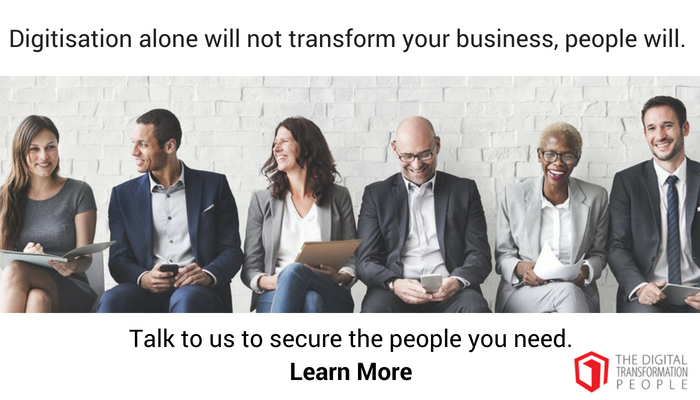We’re all vying for audience attention.
You’re there trying to promote your service or product whilst your audience’s social media feeds are full of pictures of somebody’s baby, Christmas dinner, and that cute cat doing something adorable! All things that pull on people’s emotional heartstrings. So you need to understand how to connect to people on an emotional level… and that’s why storytelling is key to a successful marketing campaign and user experience design!
Connecting with and building brand advocates
Storytelling may just sound like a fancy marketing gimmick but connecting with people emotionally and taking them on a journey may result in them coming to your event, engaging with your product, clicking a button to find out more or even buying the product or service. Not only does it help cut through the noise but it’s also how you build real brand advocates. Not just consumers or customers but advocates who will use your brand and recommend it to their friends and family. It’s the kind of customer recommendation and validation that all brands are looking for, regardless of whether it’s B2C or B2B.
Staying connected and responding quickly
Once you’ve engaged and connected, you’ve got to ensure you’re always present and respond quickly – your audience wants to feel valued and cared about! Take Greggs, the bakers, for example. Data and trends highlight that people are becoming more environmentally aware and of the food chain and what they consume. There’s a movement towards veganism, so there’s a business opportunity for brands to offer a vegan-friendly product. Greggs, known for its traditional meat-based products has been part of the livestock and meat industry for years but has now re-established themselves as a little bit more caring, more in tune with their customers just by introducing one or two new vegan products into their range. Gregg’s story expresses that they are a kind, friendly, open environment that everyone can feel comfortable going into, whether you’re vegan or not. So, stories really can have a positive impact on your brand.
Is storytelling still important to B2B?
Storytelling is just as important when you are selling to B2B. The business owner is still human! There are opportunities to connect with business owners, especially small and medium enterprises (SMEs), who may not always even regard themselves as B2B customers. They still require services and products to run their business but may be more focused on the personal impact that running a business has on their lives. For example, a hairdressing salon in a small village in Yorkshire requires services like energy or insurance just as much as a larger corporate but they are likely to be thinking along the lines of ‘how do I save money on costs? ’ or ‘ how does this new government regulation apply to me?’. Using the right language to identify and connect with these businesses on their level is a good approach. Importantly these SMEs are usually an established part of a wider local community thus you are creating more brand advocates that talk about your product or service in their villages and towns. Bionic, a provider of business energy, insurance and broadband for SMEs is a good example of this and they have focused on getting the faces of real customers to be a major part of their story. They’ve also not forgotten the employees in their story, which is a smart move because your employees are always your frontline brand advocates.
Have fun with your story
TV’s Sky Living channel needed a story to promote their drama program about a poltergeist, The Enfield Haunting. They rigged up an ordinary house with special effects to make it appear haunted, installed secret, hidden cameras and invited local estate agents to view and value the house. The video was successfully used to promote the TV show. Who doesn’t want to see an Estate Agent being scared and frightened?
Where to start with storytelling?
You need to really understand your audience. Look closely at your data to figure out what your audience is trying to tell you. From using Google Analytics to running focus groups, look closely at what your audience is doing. What motivates them? What pages are they looking at? What are they not looking at? Where are they dropping out of the experience? Look for trends and map this data with real customers by talking to them. Understanding what else they’re consuming and their journey to find you is also important. It’s a starting point to understand their everyday life and how your product or service can make their lives easier. The Monzo card targets customers in their 20s who they believe found traditional banking methods and language a turnoff. After researching what’s most important to that target audience they designed their mobile app with an emphasis on making everyday banking as convenient as possible. Providing a good user experience for splitting a bill at a restaurant was something they identified as a way to connect with their younger audience. Making their lives easier by turning a cumbersome task into something simple and straightforward.
The truth is…
In reality, nobody’s really interested in your brand!
They’re interested in things that they can emotionally connect with or things that make their life easier or better.
Article by channel:
Everything you need to know about Digital Transformation
The best articles, news and events direct to your inbox
Read more articles tagged: Brand, Customer Experience, Customer Journey, Featured









